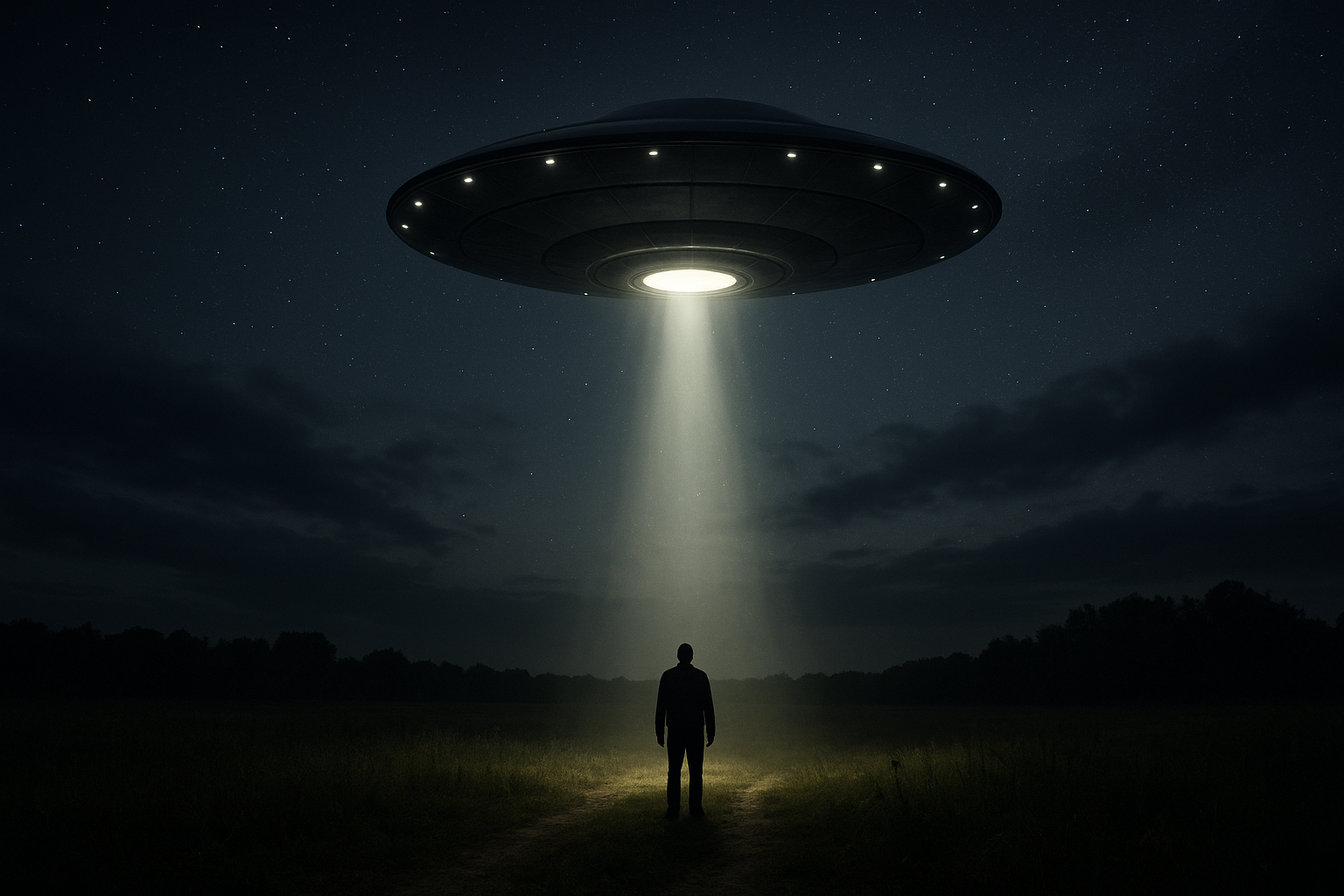UFO Myths: Extraterrestrial Stories in Culture
For centuries, unidentified flying objects (UFOs) have captivated the human imagination. Whether seen as vessels piloted by otherworldly beings or as symbols of impending doom, UFOs feature prominently in many cultural narratives and myths. This fascination transcends generations and borders, reflecting humanity’s enduring quest to understand the unknown.
A Brief History of UFO Sightings
The intrigue surrounding UFOs is not a contemporary phenomenon. Historical accounts suggest that strange aerial phenomena have been recorded for millennia. The ancient Egyptians, for instance, have depictions that some interpret as potential UFO sightings. According to the Tulli Papyrus, an Egyptian document dating back to the 18th Dynasty, pharaohs supposedly witnessed fiery discs in the sky.
In more modern times, one of the earliest and most famous UFO sightings occurred in 1947 when a private pilot named Kenneth Arnold reported seeing nine high-speed crescent-shaped objects flying near Mount Rainier in Washington State. His descriptions helped coin the term “flying saucers” and marked the beginning of the U.S.’s fascination with UFOs.
The Rise of Ufology
With increasing reports of UFO sightings in the mid-20th century, the study of these phenomena—otherwise known as ufology—gained prominence. Scientific exploration, along with rampant media coverage, fueled public interest. However, skepticism remains prevalent in the scientific community.
“The search for extraterrestrial intelligence is a legitimate scientific pursuit,” says Dr. Jill Tarter, co-founder of the SETI Institute, “but interpreting UFO sightings as evidence of alien spacecraft is fraught with complications.”
UFOs in Popular Culture
Extraterrestrial stories have ingrained themselves into cultural narratives, driven by literature, film, and art. Iconic movies like Close Encounters of the Third Kind and E.T. the Extra-Terrestrial portray aliens as curious explorers, extending a hand in friendship rather than conquest. Contrastingly, films like Independence Day depict aliens through a more menacing lens, as invaders intent on Earth’s domination.
Television and literature further broaden the dialogue around UFOs. Shows such as The X-Files explore government conspiracies and alien abductions, heightening intrigue around potential extraterrestrial life. The combination of suspense and speculative science fiction continues to fascinate audiences worldwide, making UFOs a staple in pop culture.
The Social Impact of Extraterrestrial Myths
UFO stories often reveal more about society’s fears and desires than about life beyond Earth. These narratives frequently reflect prevailing anxieties about technology, government overreach, and existential threats. As Dr. David Clarke, a folklore expert, notes, “UFO sightings often occur during periods of social stress or transformation. They provide a canvas on which fears can be painted through the language of myth.”
- Technological Anxiety: As technological innovation accelerates, the gap between human understanding and technological impact can foster fear. UFOs personify these concerns, often depicted as highly advanced machines beyond human comprehension.
- Government Distrust: The secrecy and mystery surrounding official responses to UFOs fuel conspiracy theories. Notable events like the Roswell UFO incident contribute to suspicions about government cover-ups.
- Existential Reflection: UFOs prompt contemplation of humanity’s place in the cosmos. Are we alone, or are there other intelligences exploring the universe? Such contemplation lifts the mundane into a broader cosmic narrative.
The Continuous Allure of the Unknown
As discussions about UFOs persist in scientific and popular discourse, they signify humanity’s relentless curiosity and our drive to explore the unknown. While the overarching scientific consensus remains skeptical of alien visitations, the narrative of UFOs extends an invitation to imagine, speculate, and probe the mysteries of the universe.
The stories embedded in UFO myths continue to serve a dual purpose: fueling scientific inquiry and enriching our cultural fabric with tales of the fantastic. As we advance into the future, one thing is certain: the sky will always captivate, inspire, and challenge our understanding of what lies beyond.

Comments